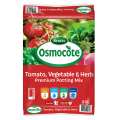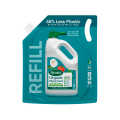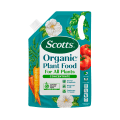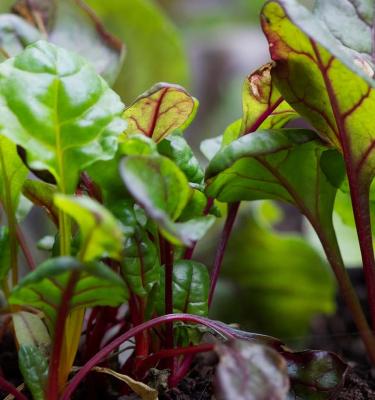
A Planting Guide for Winter Vegetables
Winter vegetables - Australia
"Winter" means different things to different people - it all depends on where you live! There are two distinct winters for people across Australia:
- Mild in the warm temperate, subtropical and tropical climates (north coast of New South Wales right up to Cairns and across the top end).
- Cold in southern regions (from the central coast of NSW across the continent to Perth and all points south).
Winter climates explained
A normal winter's day in your area greatly influences your vegetable and herb gardening.
Find out what type of winter you can expect based on where you live:
|
Warm temperate, subtropical and tropical regions |
Winter means:
This weather is fairly typical of winter from the north coast of New South Wales right up to Cairns, as well as the northern coastline of Western Australia and the 'top end'.
|
|
Colder regions |
From the central coast of NSW across the continent to Perth and all points south, winter is:
|
What vegetables grow in winter: colder regions
In areas where night time temperatures may drop to 8°C or lower and where the soil is also cold (15°C or less):
- Sowing and planting of new crops into the garden is generally not recommended.
- When the soil is cold, sap flow in plants is sluggish, roots take up minimal moisture and nutrients and growth slows right down.
- Seeds will not germinate until the soil warms again in spring, and young seedlings may succumb to the cold before they have a chance to acclimatise and start growing.
- Mid-year in the south is mostly about harvesting the traditional winter crops while waiting for the weather to warm up in spring for the sowing and planting of summer vegetables.
What you can do with your winter crops:
It's the right time for lifting, dividing and replanting crowns of the following:

Some seeds may be sown into seed trays kept indoors or under cover for warmth, to produce seedlings ready to plant out into the garden in early spring. They include:
- Broad beans
- Onions
- Spinach
- Silverbeet and rainbow chard
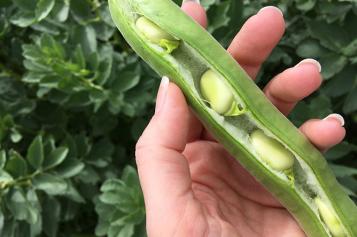
The winter vegetable plot should be producing a good range of cold season crops including:
- Cabbage and cauliflower
- Broccoli and broccolini
- Brussels sprouts
- Kale including Tuscan kale
- Winter lettuce ('pick and come again' varieties)
- Silverbeet
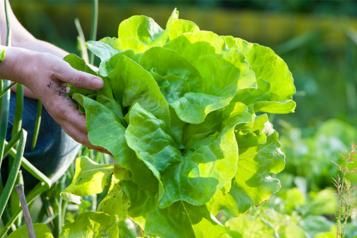
Care tip for winter grown vegetables
To keep these crops growing and producing well, feed them with Scotts Performance Naturals™ Vegetable & Herb Organic Based Fertiliser every 3 months.
What vegetables grow in winter: warmer regions
In the warm temperate to tropical regions of Australia, temperatures during the day may range from the low to high 20s even though nights may be chilly (below 10°C in some parts). In these areas, soils absorb heat from the sun during the day and retain most of that warmth overnight.
That's good news for those wanting to grow vegetables and herbs in the winter!
Mid-winter is a great time for sowing vegetable and herb seeds and planting out seedlings - even of some of those crops more often associated with cold areas like cabbage, cauliflower, kale and turnips.
Seeds of the following may be sown now either direct into the soil or into seed trays for later transplanting:
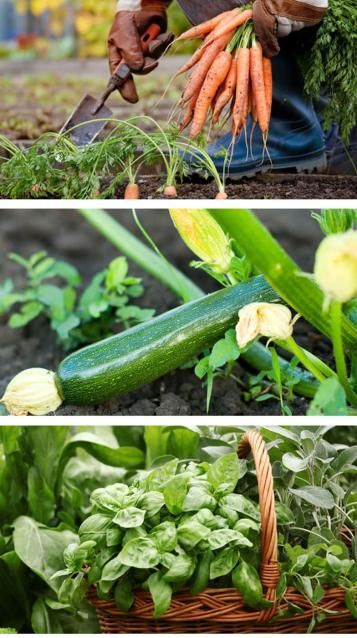
Mid-year is also a great time for planting tuberous and perennial crops like:
- Jerusalem artichoke
- Galangal
- Ginger
- Turmeric
- Rhubarb
- Asparagus
- Globe artichoke
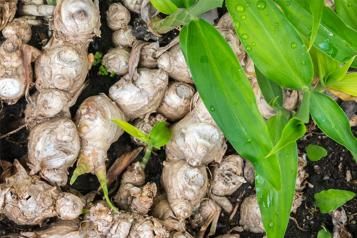
Whatever you are planting or sowing, remember to:
- Fertilise the soil well before you start with Scotts Performance Naturals™ Vegetable & Herb Organic Based Fertiliser.
- Water in well.
- Watch for chewing and sucking insect pests, and apply the non-systemic Defender Pyrethrum Insect Spray to control them if necessary.
Preparing the winter veggie patch for growing winter vegetables
Successful vegetable and herb gardening, especially in winter, requires good soil preparation. You’ll want to apply even more nutrients to the soil, as well as work and turn the soil in line with the below advice. Remember, that young plants will struggle to establish and thrive if the soil is under-nourished.
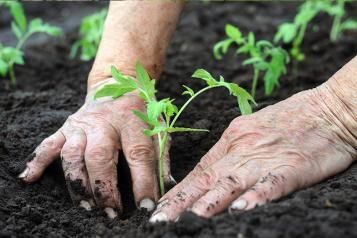
Before sowing seeds or planting out seedlings:
|
Apply even more nutrients |
Organic material slowly releases nutrients as it decomposes and breaks down.
|
|
Working and turning the soil |
Over time, soil can become compacted and hard.
Working the soil helps to break it up to:
|
Ready to learn what else you can grow in your garden and how to do it? Simply subscribe to our newsletter for gardening tips, inspiration and news direct to your inbox.

